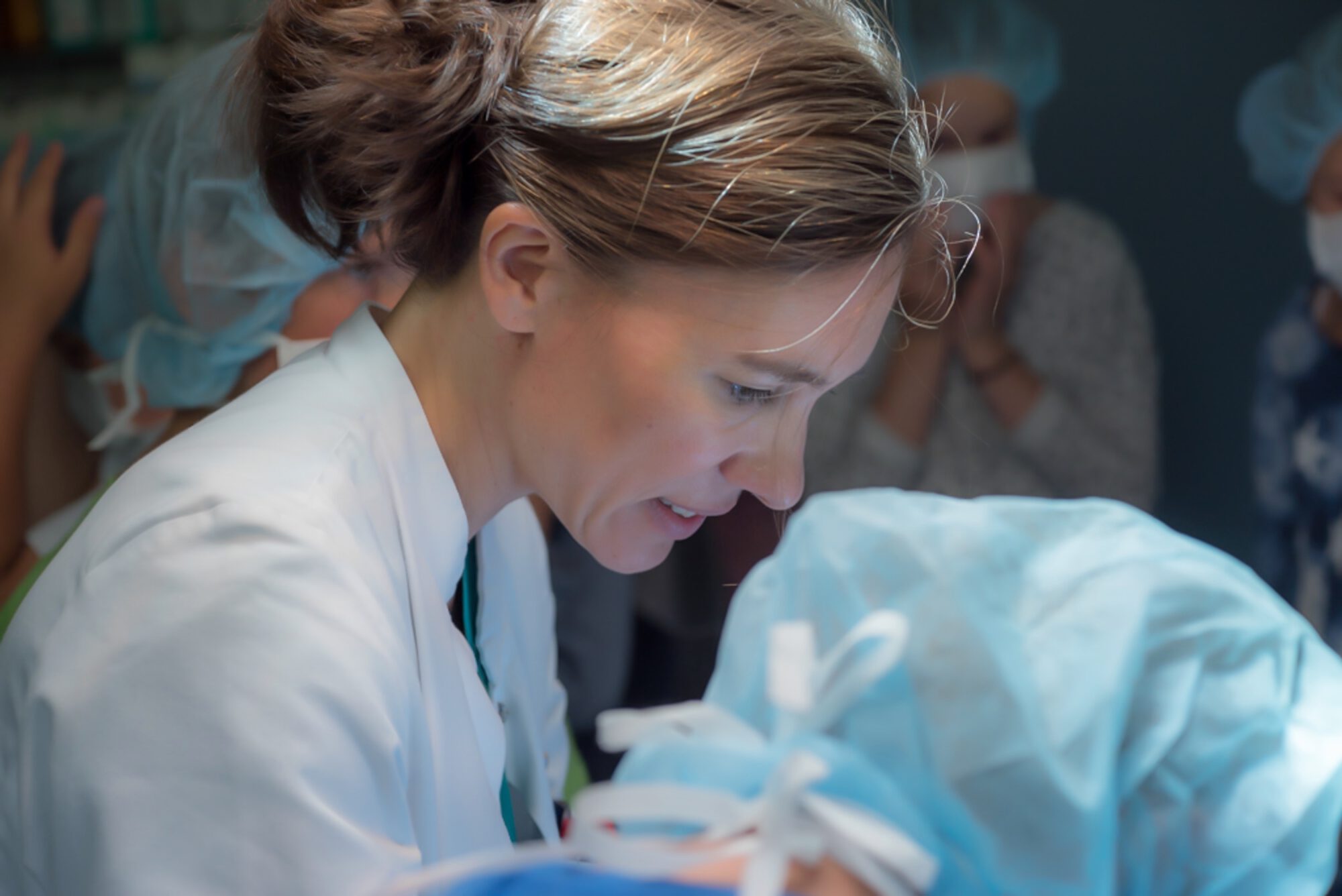In lymphatic malformations (often called lymphangiomas), the lymphatic channels are pathologically altered.
More than half of all lymphatic malformations are visible at birth. By the first year of life, more than 80% of these become noticeable. Parents usually notice a soft swelling, which often increases in size proportionally with the child’s growth, but can also swell enormously in a short time.
A typical and frequent localization is in the neck area (lymphangiomas colli). Especially there, large cysts filled with lymph often form. Unlike hemangiomas, for example, lymphatic malformations do not show a spontaneous tendency to regress.
An important distinguishing feature of a lymphatic malformation is whether it consists of a majority of large or small cysts. The structure of a lymphatic malformation has a great influence on the treatment options.
Therapeutic options are varied and, as mentioned above, depend on the structure of the lymphatic malformation. Surgical resection is often possible, but complete removal is usually not, so that recurrence may occur. An important component in therapy is the sclerosing procedure. Substances are injected into the cysts to induce a desired inflammatory response. Accompanying symptoms such as fever, swelling and reddening of the skin are necessary for the success of the therapy. This causes the cyst walls to stick together and shrink. This significantly reduces the size of the lymphatic malformation, and in some cases they even disappear. Frequently used substances for sclerotherapy are OK 432 (Picibanil = inactivated bacterial components of a Streptococcus pyogenes), doxycycline, bleomycin or alcohols. A similar effect can be achieved by laser treatment in the cyst tissue. For all these therapy options, general anesthesia is necessary in children.

